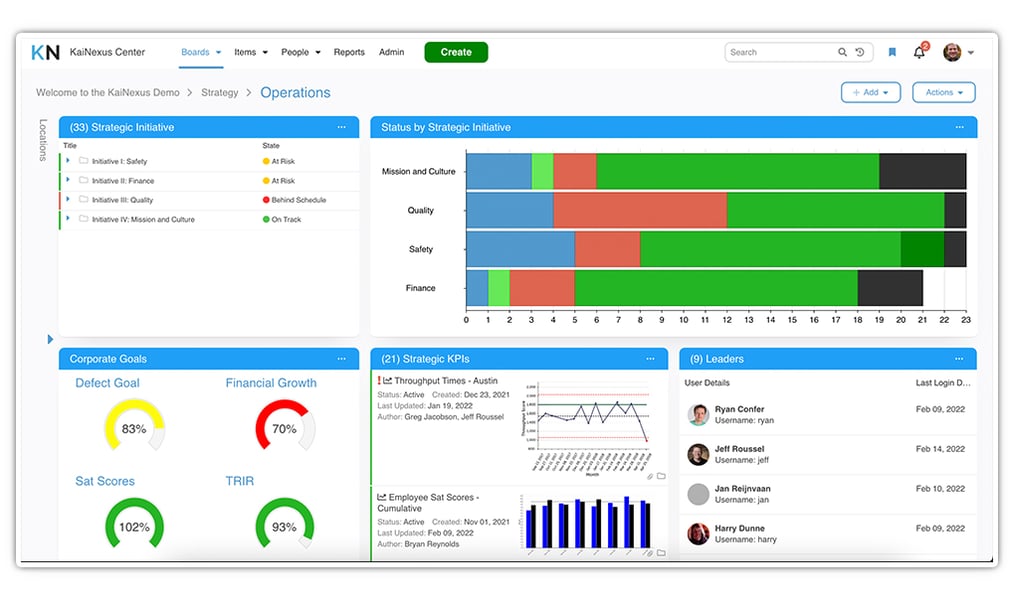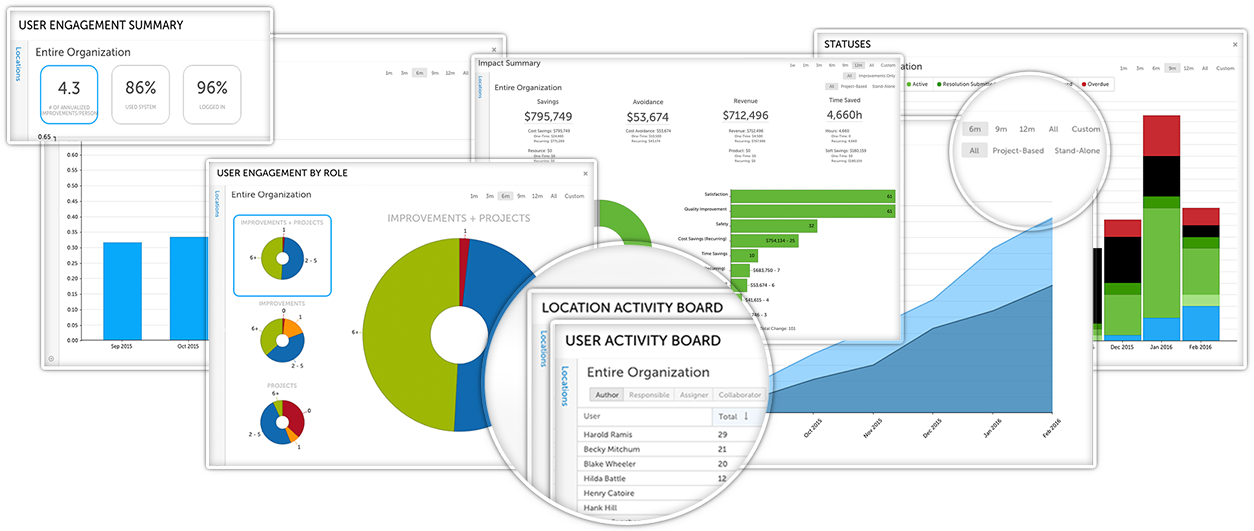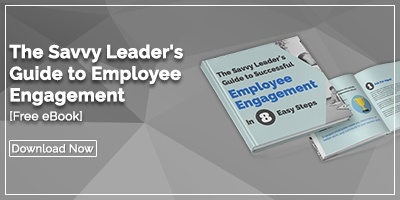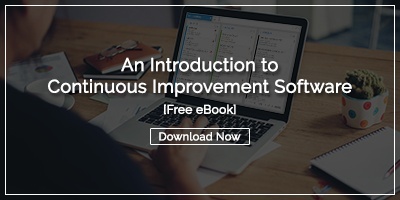 With as many as 70% of employees reporting that they are not fully engaged at work, employee engagement (or lack thereof) is a significant problem for employers in the US. So, it’s no wonder that many software companies offer solutions purported to improve it. The market for employee engagement software is growing, according to Zion Market Research’s recent report (paywall). The global employee engagement software market is expected to reach approximately $346 million by 2025.
With as many as 70% of employees reporting that they are not fully engaged at work, employee engagement (or lack thereof) is a significant problem for employers in the US. So, it’s no wonder that many software companies offer solutions purported to improve it. The market for employee engagement software is growing, according to Zion Market Research’s recent report (paywall). The global employee engagement software market is expected to reach approximately $346 million by 2025.
Yet, the problem persists.
Many of the companies that come to us looking for help creating and supporting a culture of improvement have already tried some type of employee engagement solution. They’re frustrated that despite their best efforts, most employees are content to stick with the status quo, keep their heads down, and produce the same results as always.
What these leaders are glad to hear is that it isn’t their fault. The fact is that the paradigm under which most employee engagement software is developed is flawed. The reason it doesn’t work isn’t a bad implementation or lazy managers; it’s much deeper than that.
Employee Satisfaction and Engagement Are Not the Same Thing
Most employee “engagement” software is really not much more than a fancy, online satisfaction survey. This mechanism often comes in the form of pulse surveys: short, informal, anonymous surveys that are sent out to employees on a regular basis to track how happy or engaged they are at work, and ask about familiar sources of disengagement (e.g., bad managers, lack of development opportunities, and the like.). Employee Net Promotor Score (NPS) type solutions are also popular. There’s no reason not to measure employee satisfaction, but it should not be confused with engagement. One can be entirely happy with her job but have no reason to exert any more than the bare minimum of effort. She may have great ideas for improvement, but keep them to herself. Happy, yet disengaged employees represent a massive waste of potential.
The Focus is on the Past
The “measure and react” approach to employee engagement has several problems. First, surveys, even if they do manage to capture a metric related more to engagement than satisfaction, tell you only what has happened, they give you no insight into what might happen next. And that insight is limited. You may discover that you have an Employee Net Promoter Score of only four, but what then? This approach lets you monitor engagement, but does nothing to create it.
Asking for Employee Feedback without Action Usually Backfires
Many employee engagement software solutions have the capability to gather feedback from employees on what leaders can do better or how to improve working conditions. That’s awesome unless employees don’t see meaningful action. If the suggestion system becomes a black hole, where great ideas go to die, you’ll see both engagement and satisfaction decrease. In addition, like many of the leaders we’ve spoken with, you’ll see the number and quality of the suggestions decrease over time. No one should wonder why.
So, what’s the alternative?
We know that software can be an essential part of a comprehensive employee engagement program, but only if it takes a proactive rather than a reactive approach. Any solution you consider should:
Align Employee Objectives with Strategic Goals
People become engaged with their work when they have a clear understanding of how what they do relates to the overall objectives and vision of the company. When people know why their role is important, they develop pride of ownership and a greater sense of emotional investment. The software should help cascade goals throughout the organization to create a straight line between every person and the vision. In addition to increasing engagement, this approach also helps ensure that the improvement activities are pushing the organization toward true north.

Create an Active Feedback Loop
Whether your employees are currently fully engaged or not, they probably have some smart ideas about how processes and results could be improved. Employee engagement software should move your organization away from the suggestion box model to a workflow engine for ideas. When someone suggests an opportunity for improvement, it should be assigned to a supervisor for consideration and feedback. Once an idea is selected for implementation, the software should automate the process of getting it done.
Measure Engagement & Activity
We said that merely measuring satisfaction is unlikely to produce positive change, but measurements based on the level, type, and results of activities can yield valuable insights. Which employees are finding the most opportunities for improvement? Which teams are pushing projects over the finish line in short order? Has the number of activities increased or decreased over time? How much cost savings or revenue growth can be attributed to employee engagement? With the right technology in place, these questions are easy to answer.

In short, effective employee engagement software gives your team direction, helps them successfully engage in systemic improvement, and provides leaders the insight to know what’s working and to recognize those who are all the way in the game. Most solutions on the market don’t do that, so if you’ve tried and been disappointed, don’t be afraid to try again with this new way of thinking about the challenge.




Add a Comment